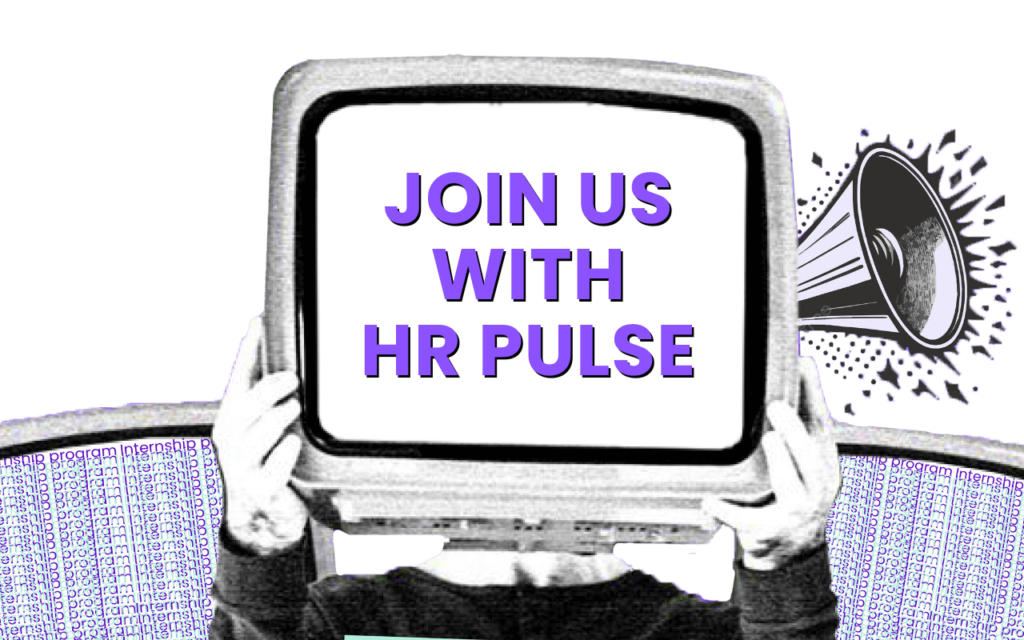The early stages of building a business are exhilarating. Young business leaders are laser-focused on developing a winning product, securing funding, and building a strong customer base. However, neglecting human resources (HR) planning can be costly. From the outset, a strategic approach to HR lays the foundation for attracting and retaining top talent, fostering a positive company culture, and ultimately driving business success.
Understanding the Importance of HR Planning
HR planning goes beyond simply filling open positions. It's a proactive approach that aligns your people strategy with your business goals. Here's why it's essential for young businesses:
- Attract and Retain Top Talent: A well-defined plan helps you identify and attract the best talent for your growing company. It also ensures you retain key employees with competitive compensation, development opportunities, and a positive work environment.
- Improve Efficiency and Reduce Costs: Strategic HR planning helps streamline HR processes, saving time and resources. This lets your team focus on high-impact initiatives and avoid costly reactive HR practices.
- Empower Data-Driven Decisions: Data gathered through HR planning helps you make informed decisions about talent acquisition, skills development, and workforce optimization. This data-driven approach leads to better business outcomes.

Join the HR Pulse Community
Get expert insights, HR news, and practical advice delivered weekly. Join our community for exclusive content and live events
Building Your HR Planning Framework
Now, let's delve into the steps of building your strategic HR plan:
1. Conduct a Situational Analysis:
- Assess your current workforce: size, skills, demographics, and performance.
- Analyze your business goals: short-term and long-term growth plans.
- Identify any HR challenges you face: recruitment difficulties, high turnover, or skills gaps.
2. Define Your HR Objectives:
- Align your HR goals with your business objectives. For example, if you plan to expand your product line, you'll need to identify the skills required for this expansion and develop a plan to acquire those skills.
3. Develop Talent Acquisition Strategies:
- Outline your recruitment strategies targeting the talent you need.
- Consider creative approaches like employee referrals, skills-based assessments, and employer branding initiatives.
4. Prioritize Learning and Development:
- Invest in employee development programs to bridge skills gaps and prepare employees for future growth.
- Encourage continuous learning through training programs, mentorship opportunities, and tuition reimbursement.
5. Create a Performance Management System:
- Implement a system for providing regular feedback and performance evaluations to motivate employees and identify areas for improvement.
6. Foster a Positive Work Culture:
- Develop an organizational culture that values employee engagement, diversity and inclusion, and work-life balance.
- Conduct regular employee surveys to gauge satisfaction and identify areas for improvement.
7. Monitor and Adapt:
- Regularly track your HR metrics, such as employee turnover rate, time to fill vacancies, and employee satisfaction.
- Be prepared to adapt your HR plan as your business evolves and external factors change.
HR Software: Your Strategic Partner
Developing and implementing a successful HR plan can take time and effort, especially for young businesses with limited resources. Consider utilizing HR software as a valuable tool.
Paismo HR, for example, offers an all-in-one HR and payroll solution that can streamline many aspects of your HR planning. From onboarding to performance management and payroll processing, Paismo HR can help you automate tasks, improve efficiency, and gain valuable insights to inform your HR decisions.
Investing in user-friendly and affordable HR software like Paismo HR allows young businesses to focus on their core business activities while ensuring a robust HR foundation for long-term success.









